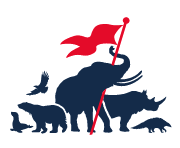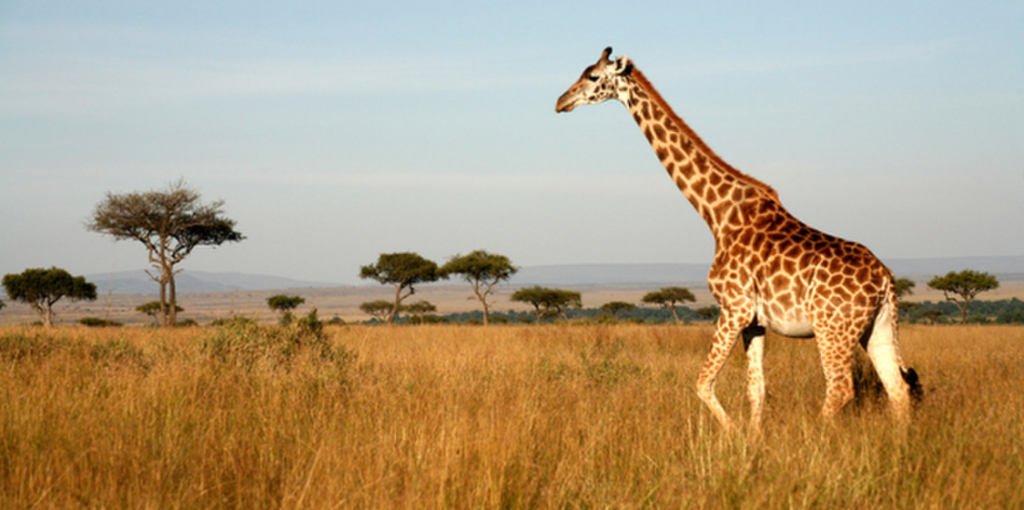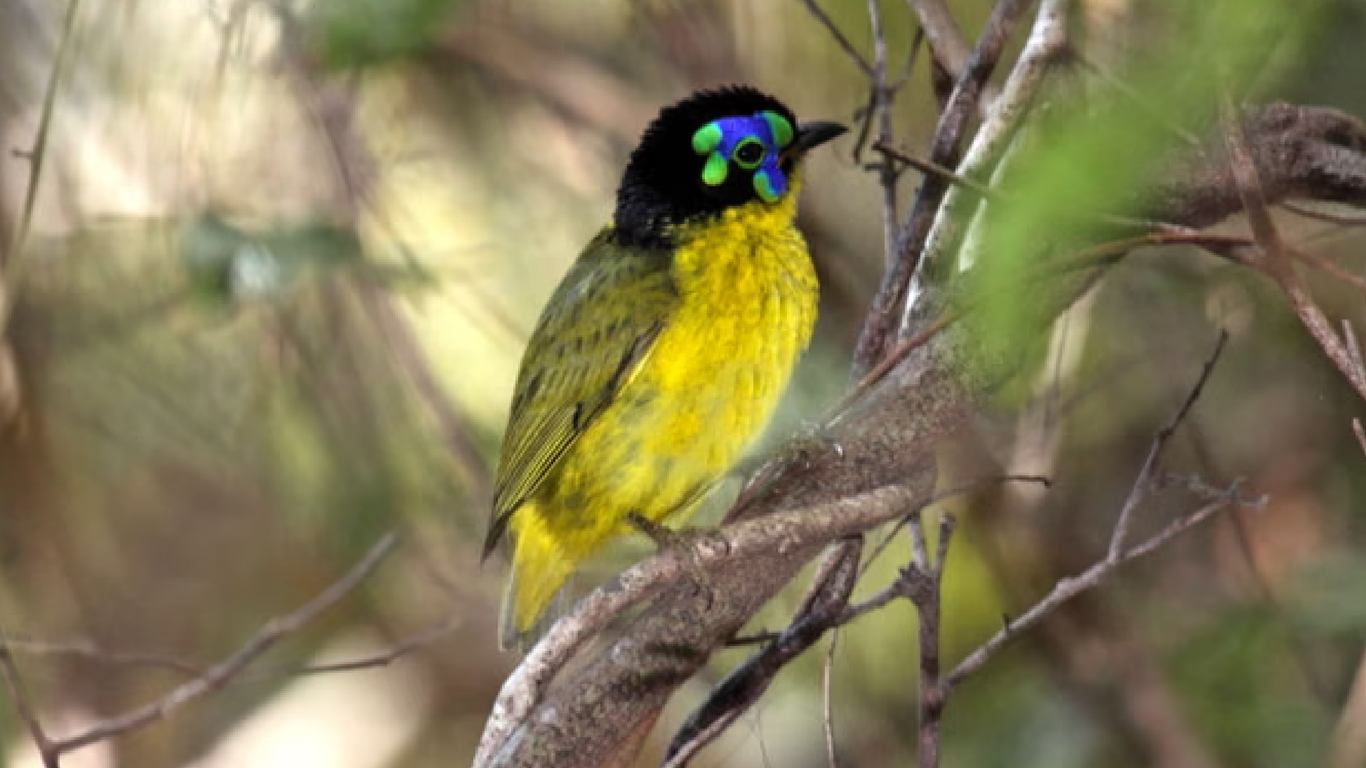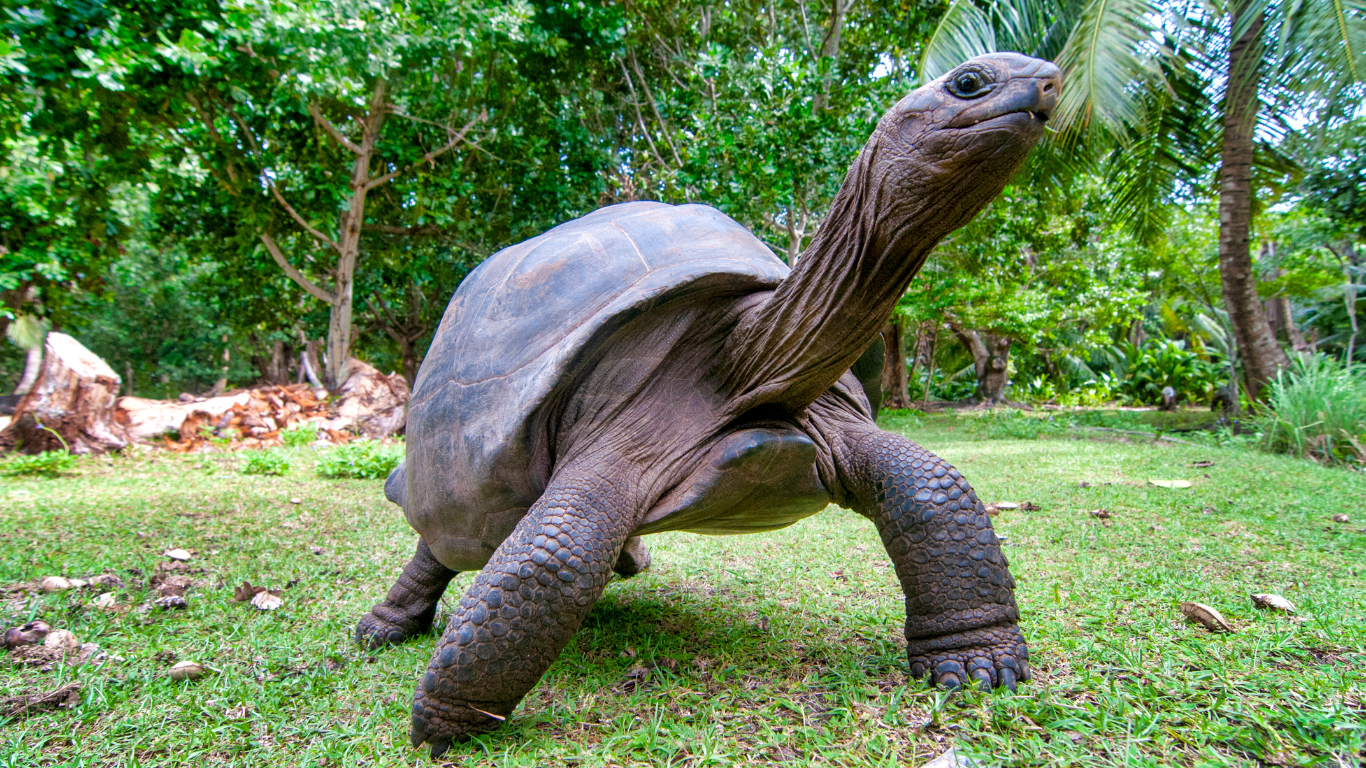The International Union for Conservation of Nature (IUCN), which updated its Red List of Threatened Species in November, has highlighted the plight of giraffes – those goofy, long-legged animals that are so symbolic of the African savanna.
Two out of nine subspecies of giraffe are listed by IUCN as critically endangered, while others are considered endangered, vulnerable and near threatened.
It is the Nubian and Kordofan giraffes that are “critically endangered”. These animals range across South Sudan and southwest Ethiopia (Nubian giraffe) and Cameroon, southern Chad, Central African Republic and the west of Sudan (Kordofan giraffe). All of these countries in Central and East Africa have been devastated by lengthy civil wars, extended droughts, or both.
The Reticulated giraffe, which lives in the rain forests, forests and savannahs of East Africa is listed as endangered, while Thornicroft’s giraffe, which lives in one national park in Zambia, is listed as vulnerable. The Masai giraffe has not been assessed by IUCN, but conservationists believe that numbers have plummeted and it will likely be placed within one of the threatened categories of the Red List in future.
In southern Africa, however, giraffes seem to have found a refuge. The Angolan giraffe, which ranges across Botswana, Namibia and Zimbabwe is not in trouble and is listed by IUCN as being of “least concern”. The South African giraffe also appears to be doing well, although its population has not been assessed.
“Whilst giraffe are commonly seen on safari, in the media and in zoos, people – including conservationists – are unaware that these majestic animals are undergoing a silent extinction,” said Dr Julian Fennessy, co-chair of the IUCN Species Survival Commission Giraffe & Okapi Specialist Group.
“While giraffe populations in southern Africa are doing just fine, the world’s tallest animal is under severe pressure in some of its core ranges across East, Central and West Africa. It may come as a shock that three of the currently recognised nine subspecies are now considered ‘critically endangered’ or ‘endangered’, but we have been sounding the alarm for a few years now.”
Fennessey welcomed the improved conservation status of the West African and Rothschild’s giraffe subspecies that were previously considered endangered but have been downlisted to vulnerable and near threatened, respectively. Concerted efforts by African governments and conservation organisations have led to in increasing numbers of both subspecies.





